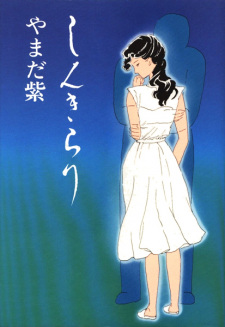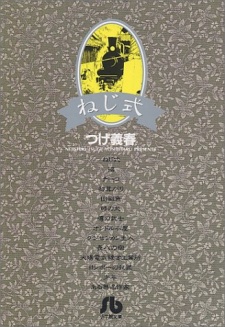Aug 16, 2023
Talk to My Back (or Shin Kirari in Japanese) was published from 1981 to 1984 in the alternative manga magazine Garo. Although Garo was known for publishing many experimental, dark, or explicit manga that could not be published in more mainstream magazines, Talk to My Back is none of those things. Instead, what sets it apart from the vast majority of manga from that time is that it follows the day to day life of a housewife, something that was very uncommon in an era where manga aimed specifically at adult women were not yet published.
The main character, Chiharu Yamakawa spends her days doing housework
...
and looking after her two daughters. Her husband is mostly absent. Like most Japanese salarymen he usually arrives home late in the evening due to long work hours and frequent work socials that he is expected to attend. When he is home he doesn’t tend to treat Chiharu with much respect, often ordering her around while lazing about. The manga manages to portray the couple’s thorny relationship without pulling any punches but without ever resorting to melodrama either.
Chiharu is frustrated by her husband taking her for granted, and there are times when she finds her life as a housewife too restrictive for her free spirit. Despite this there are still moments of joy in her life, especially in her interactions with her daughters. The interactions between mother and child are very believable, and watching the children grow is one of the highlights of the series. Like most things in the manga parenthood isn’t sugar-coated. Chiharu does have to handle some difficult situations as a parent and sometimes makes mistakes she regrets later. Chiharu's reflections on her role as mother and housewife are captured using inner monologues that on the whole are sharp and well observed. The colloquial and sometimes humorous tone of the monologues also make a good showcase for the playful side of her personality.
Another key aspect of the manga is Chiharu’s search for self-determination. The fact she has to balance her commitments as a housewife and mother with her personal aspirations to try to achieve this helps makes this element of the story more realistic and compelling.
The art of Talk to My Back is solid but unspectacular, with a style that is sketchy and relatively simple but captures the expressions and body language of the characters well.
All in all Talk to My Back is a thoughtful and well observed look at parenthood and the Japanese nuclear family. Although there have been many social changes in Japan since it was first published back in the 80s it has aged very well, because there is so much in the family interactions and psychology of the characters that is universal across cultures and still as relevant today.
Reviewer’s Rating: 9
What did you think of this review?
Nice
 0
0
Love it
 0
0
Funny
 0
0
Confusing
 0
0
Well-written
 0
0
Creative
 0
0Show all


























